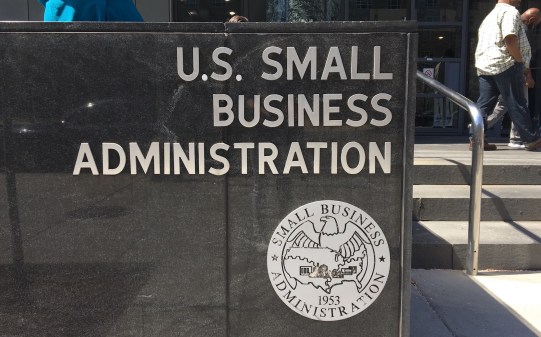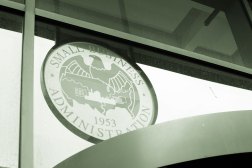SBA innovation program hobbled by database errors, GAO says

The databases for two Small Business Administration research and development programs are riddled with errors, a Government Accountability Office report has found, impacting whether agencies can track if projects are meeting their goals.
The new report details how the SBA benchmarks the Small Business Innovation Research (SBIR) and Small Business Technology Transfer (STTR) programs, which award contracts to small businesses for the purpose of promoting R&D and innovation efforts at 11 federal agencies, including the departments of Agriculture, Commerce Defense, Homeland Security and others.
But because of inconsistent data filings — which included incomplete information and multiple files for the same contractors — GAO officials said the SBA was unable to sustain proper enforcement of the programs through its databases.
The SBIR program began in 1982, followed by the STTR program in 1992, and have awarded a total of $46 billion in contracts and grants in that time.
Starting in 2011, the SBA and participating agencies were required to establish benchmarks to measure the progress of contractors in developing and commercializing the technologies funded by the programs.
Both programs are tiered over three phases of award:
- Phase I awards contracts of at most $150,000 to test scientific and technical merit and feasibility of research ideas for six months to a year.
- Phase II awards up to $1 million for two years of continued R&D for programs that advanced past Phase I.
- Phase III tests the commerciality of the programs and solicits funding from the private sector and the agency that offered the initial SBIR and STTR awards.
SBA uses benchmarks to evaluate both contractors’ average advancement to Phase II of the programs, as well as the commercial sales, investment and number patents resulting from Phase II funding. If small business contractors fall below the two benchmarks over a period of fiscal years, they aren’t allowed to participate in Phase I awards for at least a year.
But GAO officials found the databases used by SBA to maintain SBIR and STTR award information contained inaccurate or incomplete data. As a result, the SBA and participating agencies have inaccurately assessed the contractors’ compliance with the Transition Rate Benchmark to Phase II and have only once completed the Commercialization Benchmark, in 2014, “because of challenges in collecting and verifying the accuracy of data.”
The report noted that SBA officials estimated four to seven small business didn’t meet the Transition Rate Benchmark each year and were ruled ineligible, but investigators found the data used to generate the lists were sometimes altered, rendering it inaccurate.
Because agencies can change their award data at any time, GAO officials said there is a possibility that ineligible contractors could remain in the program by escaping SBA’s enforcement eye.
Investigators also found instances where awards data was incomplete or missing.
“For example, based on our review of the award data from 2007 through 2016, we identified more than 2,700 small businesses that had multiple records with different spellings of the same business’s name,” the report said. “Furthermore, we identified more than 1,400 instances in which a unique identification number had errors, such as having an incorrect number of digits, all zeros or hyphens.”
Agencies also told GAO officials that because the data needed to assess the Commercialization Benchmark isn’t consistent across agencies and projects, it’s difficult to verify it.
The GAO offered 11 recommendations, several on requiring better information and revising the benchmark guidelines and consequence policy.
SBA and the participating agencies concurred with GAO’s recommendations.




